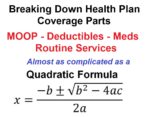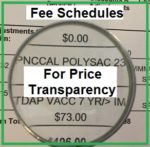There are a couple of different models of the deductible insurance plans. All of the designs require the individual to meet a deductible between $1,000 to $2,000. The plan’s deductible are health care expenses you must pay before the deductible insurance is triggered. Also with the models are two different maximum benefits of either $4,000 or $6,000. In other words, the plan will cover either $4,000 or $6,000 in health care expenses in a calendar year.










